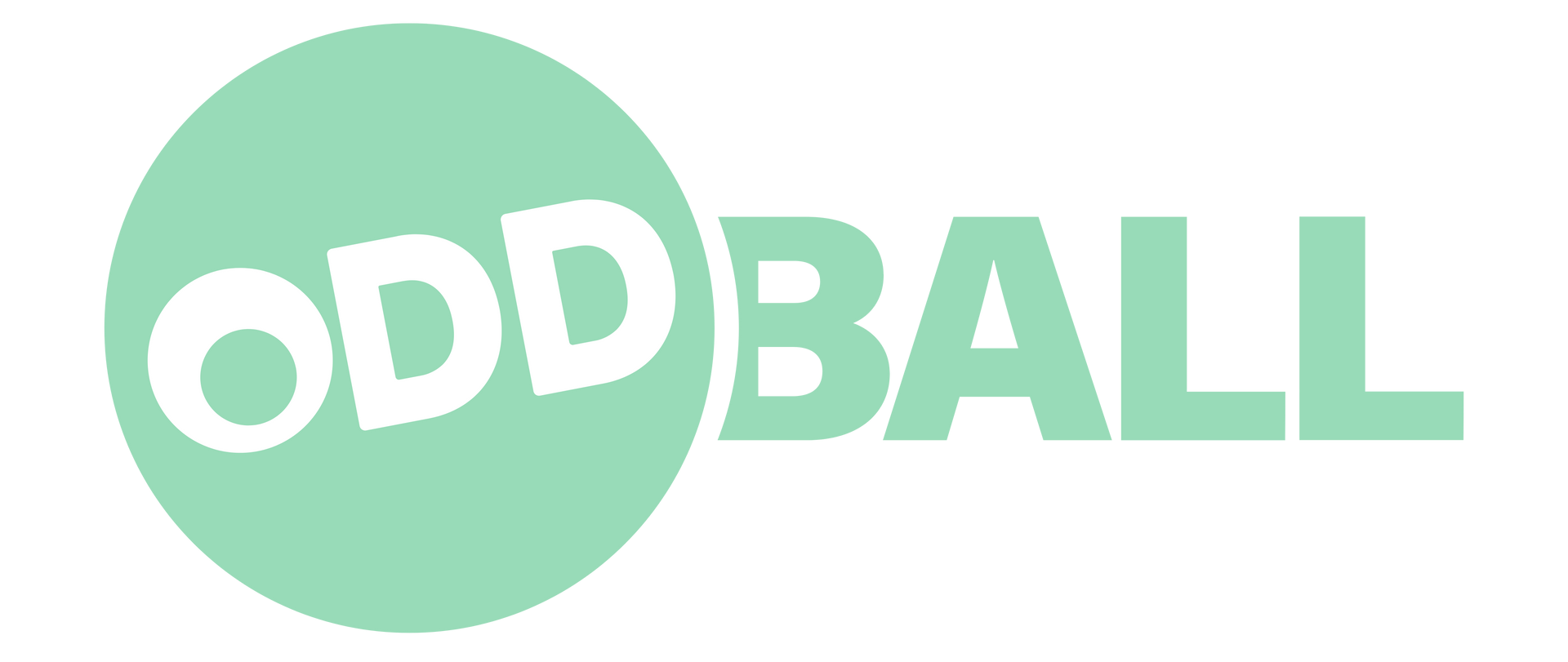Fixing Website Security Issues Before They Affect Users
Most people don’t think about website security until something goes wrong. Maybe it’s a hacked homepage, strange links showing up on random pages, or worse, a customer’s data getting stolen. These kinds of problems don’t just hurt your website. They can damage your reputation, lose sales, and drive away users who may never come back. A secure website is like a locked front door. You have to make sure it’s closed before someone tries to walk in.
Ignoring security issues can take a quick toll on your users. Visitors want to feel safe when they interact with a site. If their browser flashes a security warning or a page doesn’t load correctly, they're gone within seconds. Even small problems, like broken scripts or outdated plugins, can make your site behave in ways that confuse or frustrate people. That’s why it’s so important to stay ahead of potential threats before your users ever notice anything is wrong.
Identifying Common Website Security Issues
Website threats come in different shapes and sizes. Some are obvious, while others quietly plant themselves inside your code and cause trouble over time. Knowing what to watch for can help you spot problems early and avoid disasters before they hit your visitors.
Here are a few of the most common security issues that can impact a website:
1. Malware Infections
This is software designed to do harm. It can sneak into your site through outdated themes, infected plugins, or bad hosting setups. Malware changes how your site behaves by showing ads that don’t belong, redirecting users to shady pages, or slowing down page speed altogether.
2. SQL Injections
This happens when someone adds malicious code to your site’s input fields, like a search box or online form. That code then tells your database to give up information it shouldn’t, like user data, passwords, or personal details. It’s quiet, dangerous, and if unnoticed, very damaging.
3. Cross-Site Scripting (XSS)
With XSS attacks, scammers inject scripts into your site that can run in the user's browser. This lets them steal cookies, hijack personal info, or even impersonate the user on your site. It’s often used to target visitor sessions and can lead to bigger issues if left unchecked.
4. Outdated Software and Plugins
Tools like plugins, themes, and CMS platforms need regular updates. When you skip these updates, your site becomes a target almost overnight. Most attacks rely on known weaknesses, so sticking with the latest versions can stop trouble before it starts.
5. Weak Login Credentials
Simple or reused passwords make it easy for attackers to break into your admin dashboard. Once they’re in, they can do just about anything from deleting files to locking you out and demanding payment to restore access.
Even if your website looks fine on the surface, these types of problems can sit behind the scenes and quietly affect performance, user trust, and security.
The best way to stay on top of these threats is to schedule regular security audits. These check-ups help spot holes in your setup before they become real issues. During an audit, your code, plugins, access logs, and firewall rules all get reviewed. Running vulnerability scans and log reviews every so often is like checking your smoke alarms. It doesn’t take long, and you’ll be glad you did it before something smolders.
Best Practices For Securing Your Website
Now that you know what you're up against, protecting your site doesn’t have to feel impossible. A few smart habits can go a long way toward building a safer experience for anyone who visits your website.
Here’s a quick list of best practices that help keep your site in good shape:
- Use strong passwords and turn on multi-factor authentication (MFA). Admin accounts should never rely on a simple password like "admin123." That’s asking for a break-in. Use a mix of letters, numbers, and symbols. MFA adds a second checkpoint, which makes life harder for hackers trying to sneak in.
- Update your software and plugins often. Don’t wait weeks to run updates. Outdated tools are one of the easiest ways attackers get in. Set a reminder or use tools that handle updates automatically if you’re worried about forgetting.
- Use HTTPS by installing an SSL certificate. This encrypts the data between users and your website. It also gives visitors that little padlock icon in their browser bar, which signals your site is safe to use. Without HTTPS, people's personal details like names, emails, and payment info are more exposed than you might think.
These aren’t one-time setups. Passwords should be updated every few months, plugins need monitoring, and HTTPS should always be locked in. Treat these steps like spring cleaning and keep the process going year-round so things never get too risky.
Even with these best practices in place, security threats don’t stop trying to get in. That’s why it’s smart to keep learning and layering in protection. From this point forward, it's about being proactive, watching what happens on your site, and planning ahead for anything that could knock it offline or make people lose trust.
Proactive Measures To Enhance Security
Keeping the basics in place is smart, but taking things a step further can make a big difference when it comes to stopping threats before they cause trouble. Being proactive gives you a head start and helps you act before your users are affected.
Start by keeping an eye on what’s happening on your site. Regular traffic monitoring can help catch new patterns in behavior, like unusual spikes in visitors or login attempts from strange locations. If something looks off, that could be a sign of a bot creeping around or a hacker testing your site for weak points.
Adding a web application firewall (WAF) can increase your protection in real time. WAFs filter out harmful traffic and block common exploits before they reach your site. It’s like having a traffic cop standing at your front door, checking every visitor before they can get in. Security plugins can also help by scanning for malware, keeping track of file changes, and tightening up entry points that attackers are known to target.
Backups are another must-have. A good routine means creating clean copies of your site every day or week, depending on how often you post or make changes. If something goes wrong, like an infection or lockout, you can wipe and restore from a safe version instead of starting from scratch. Even better, store those backups in different locations so your data isn’t tied to just one server.
It’s also smart to build a basic recovery plan. Know who to call, where your files live, and what steps to follow so you’re not scrambling under pressure. One business owner we worked with had their site taken offline after a plugin crashed their checkout page. Because they had a plan and quick backup access, their site was back up in a few hours instead of days.
The smoother your recovery process, the less your users will notice if they notice at all.
Why Hiring Professional Help Pays Off
Fixing security gaps is important, but staying ahead of problems takes time and attention. For most people running a business or managing a team, that’s hard to juggle on top of everything else. That's where professional help really comes in handy.
When developers or security experts step in, they bring experience that the average person just doesn’t have. They know where threats usually hide, which alerts to take seriously, and how to handle problems without breaking the rest of your site. They also stay up to date with the newest attack methods and tools, which most business owners don’t have time to keep track of.
Hiring help means you get someone who focuses on protection while you focus on running your business. They can perform audits, set up stronger systems, tweak your firewall rules, run code reviews, and patch up trouble spots before they become visible. If your site handles sensitive data or has custom user areas, that extra knowledge is even more valuable.
In one case, a business that had been experiencing random downtimes and strange redirects finally brought in a security team. Turns out, a forgotten plugin was breached months earlier and had been sending traffic to spammy third-party ad networks. Once fixed, user trust came back and so did sales.
Professionals don’t just fix problems. They create systems that make repeat issues less likely. That level of peace of mind is hard to put a price on.
Keep Your Users Safe And Secure
Taking care of your website’s security isn’t about guessing or reacting. It’s about staying ahead. Start with changes you can make now: strengthen your passwords, install updates, and get that SSL certificate in place. Then dig deeper by watching for odd behavior, setting up defenses like WAFs, and preparing for what to do if something breaks.
Strong security builds trust. The more reliable your site feels, the more likely users are to stay, explore, and buy. These details matter, and they can quietly shape your success more than any flashy feature or design update.
No matter the size of your site, having someone with real experience on your side makes all the difference. Problems don’t wait to pop up until you have time. Being ready before anything does go wrong is what keeps your users safe and your reputation strong.
To ensure your website is secure and trustworthy, learning about effective security practices is just the first step. Dive deeper into how proper website development can improve both protection and performance. At Oddball Creative, we understand the details of keeping your online presence safe, and we’re here to help you keep your business running smoothly.



